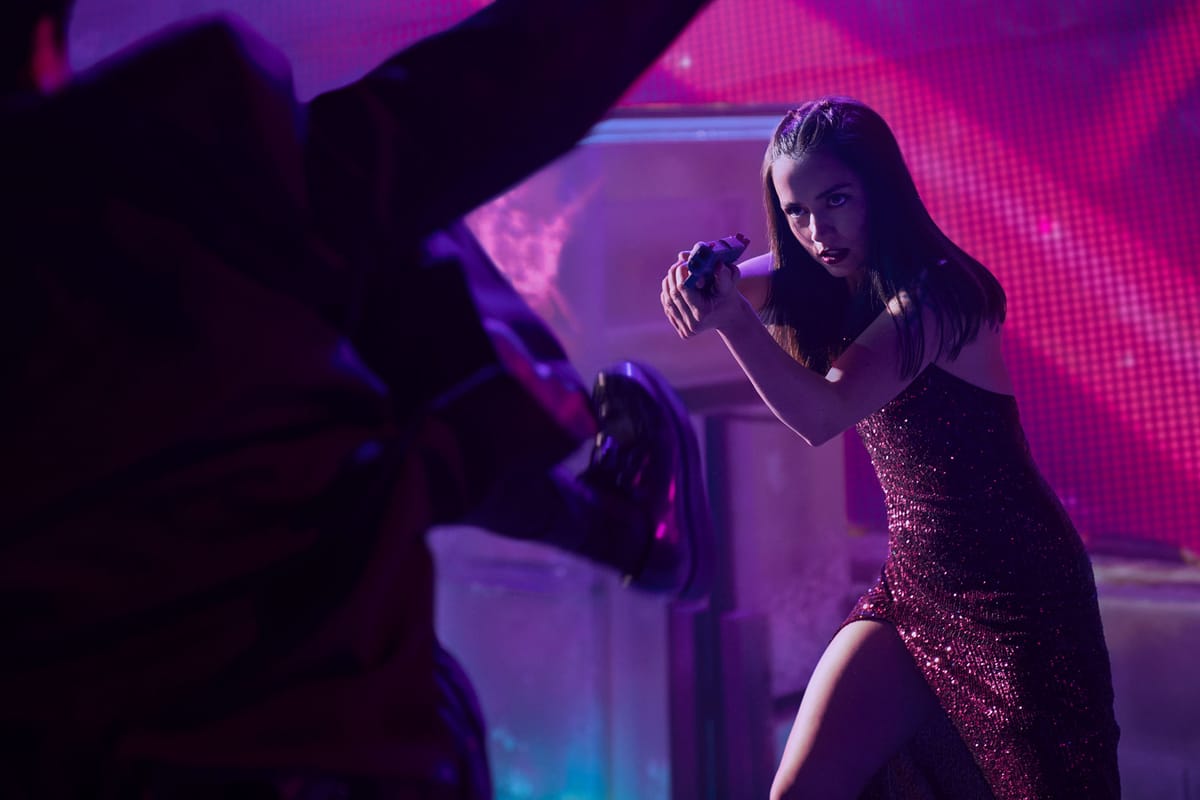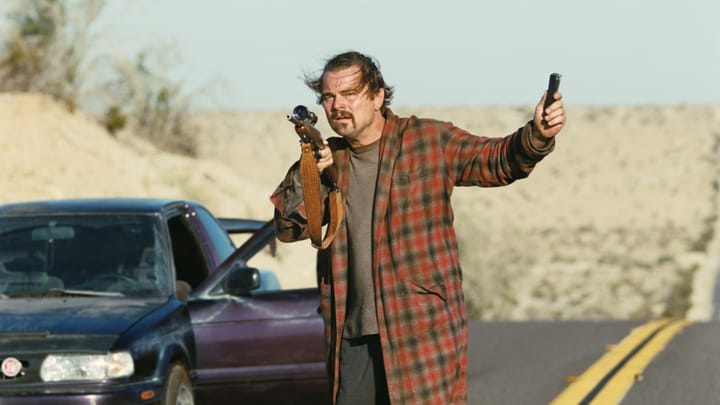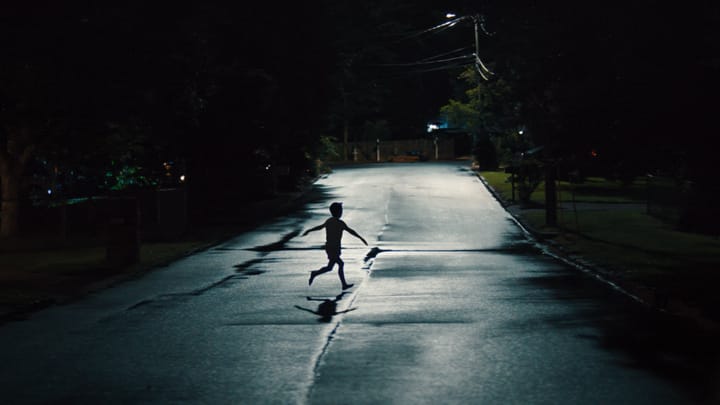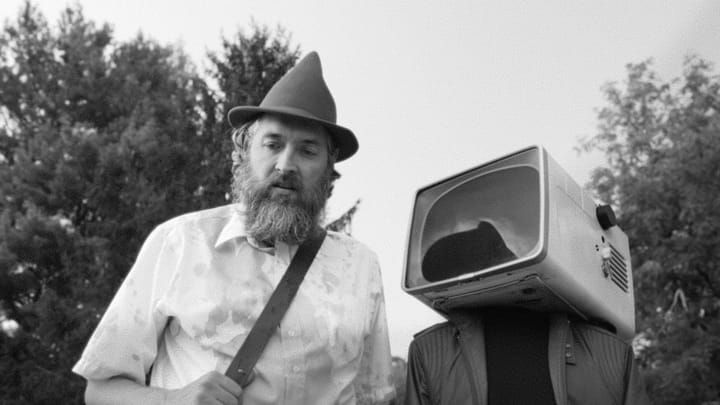Ballerina: How To Get Away With IP Murder

Chad Stahelski and David Leitch had no idea what they were starting when they began working on the first John Wick in 2013. After cutting their teeth doing action choreography, stunts, and second unit work for the likes of The Wachowskis, John Carpenter, Albert Pyun, and Ringo Lam, they wanted to do more than just tackle the action sequences of Derek Kolstad's spec script. Once Keanu Reeves was attached to play the titular character, he pushed for the two to direct the whole project, and the team began refining Kolstad's script to further etch out the mystique of the world and solidify the ways they intended to subvert familiar action narrative tropes. The film would establish rules for itself that would make it hard to expand the universe in the ways a typical franchise might; it was important to Stahelski and Leitch that John Wick's past never be filmed, in order to create an air of mystery around his shadowy past, to make him feel like a true legend within the world he worked in. It invites the viewer to consider the violent past such a man would have, and his mythical status grows as he moves through the underworld and people begin to whisper about him and his past.
Now, after four films and wielding a massive action franchise in a world where IP is absolutely everything, John Wick is forced to expand beyond those initial constraints – a challenge in a franchise where a prequel has been explicitly disavowed and most of your action star side characters end up dead. The answer Ballerina provides to this challenge is to forge a new John Wick and place the character in a timeline that might resemble what John Wick's past would have looked like. It's not a particularly inspired concept to dive right into the rote and tired action tropes that the first film so deftly subverted, replacing the critically important shock value of killing John Wick's dog with the death of a father figure that has no time to be established or become sympathetic. It's a rough start for Eve Maccaro (Ana de Armas) as a character, because everything that made John Wick so compelling is completely absent here.
The secondary problem is that this film represents a self-destructive ouroboros moment for the franchise, where once Stahelski and Leitch had grown tired of being action directors for hire and wanted full creative control, now Stahelski has relinquished his tight control over the vision for these films and has become a second unit director forced to save a Len Wiseman film in reshoots. It is abundantly and painfully clear that the two sides of this film are at war. One half of the movie is deeply flawed, narratively dead in the water, and frequently abrasively stupid. The other half of the movie is full of electrifying action sequences with overwhelming energy and verve, a refreshing return to what makes the Wick franchise so outstanding – even if Stahelski's reshot action sequences are often fairly rudimentary compared to the dizzying heights of the later John Wick films.
Ballerina plays the hits and fills in the gaps, two things that this franchise doesn't really need. On one hand, the hits work, and there aren't a whole lot of Hollywood blockbuster action filmmakers capable of making such engaging action sequences, even if they're not one-upping the likes of the overhead raid in John Wick: Chapter 4. On the other hand, the desperate need this franchise has to infuse everything with expansive lore has grown extremely tiresome, and each new addition feels increasingly unnecessary and decreasingly interesting. The lore of this franchise is sort of inherently silly, but the propulsive energy of John Wick as a character fighting desperately for survival and redemption gives it a weight, and without a character to be so heavily invested in, the lore feels flat and dull. Implied parallels of the highly involved training of the Ruska Roma and adding different factions of radical, strange assassins dilute the world and remove the once all-important mystery from it all, all for the sake of IP name recognition.
The film's biggest crutch is John Wick himself, forced to make passing cameos as if he's become Lionsgate's Stan Lee, but it is once again a frustrating dilution of this world to imply that literally everything revolves around this character. Ballerina awkwardly shoehorns itself between the third and fourth Wick movies in order to provide an opportunity for the two characters to meet, a cheap moment that adds little to nothing to the film or to Eve as a character. Bad enough, but the film also deigns to make John Wick an important piece of the final act, bringing him in for an extended action sequence that once again adds very little, and is intentionally limited to give Reeves an easy shoot that doesn't require his typical months and months of training. It's all very watery, just limp and unnecessary, not only disappointing after everything that we've seen Wick is capable of but by adding a bizarre wrinkle into his character's timeline just for the sake of IP mining.
There's just no personality here, so much critical subversion and charm absent from what once made these films a resplendent joy of bloody, hyperviolent action cinema. Stahelski and Leitch overhauled the state of action cinema to such a degree that the world is now flooded with knockoffs of their film, but nobody else gets it quite right. Ballerina makes it even more abundantly clear that Stahelski truly has the juice, a quality that he is able to wield, to carve these films into something that portrays action as the reverent, beautiful dance it can be. Dredge the darkest corners of this IP and its expansive universe all you want, but put anyone else at the helm and it won't quite be the same, and it'll all end up feeling more like a sleek, stylized knockoff than a genuine entry into a franchise. Money poisons everything with enough time. Except ice skate nunchucks. Those are eternal.





Comments ()